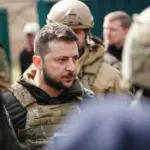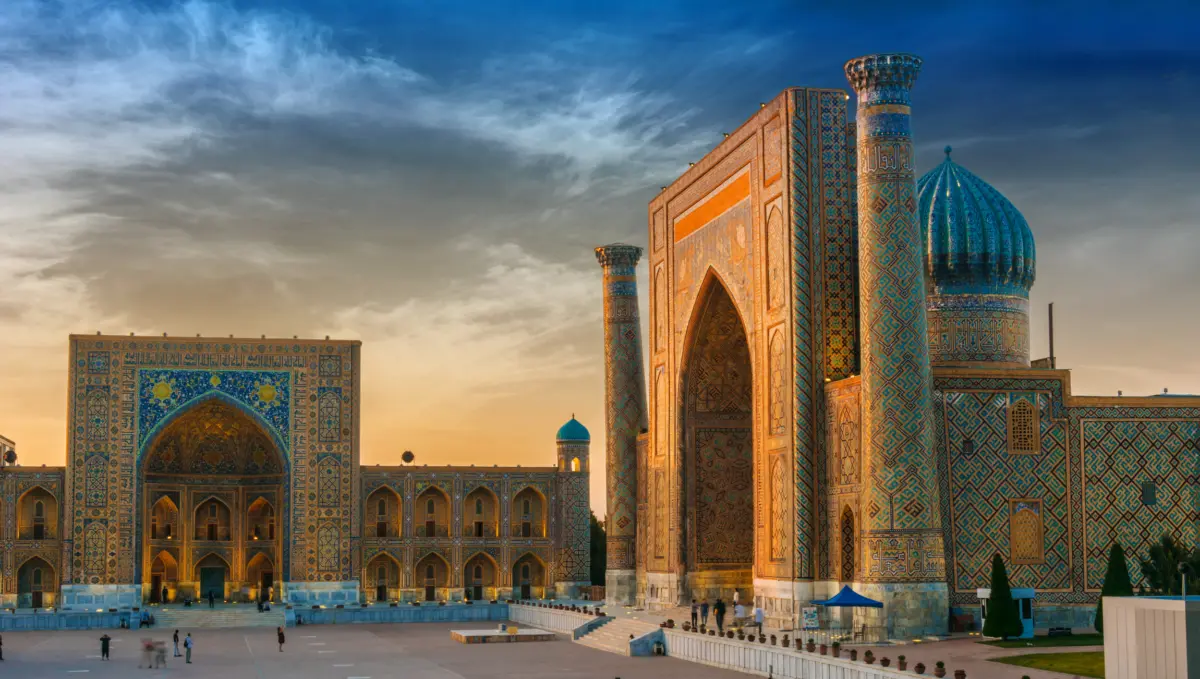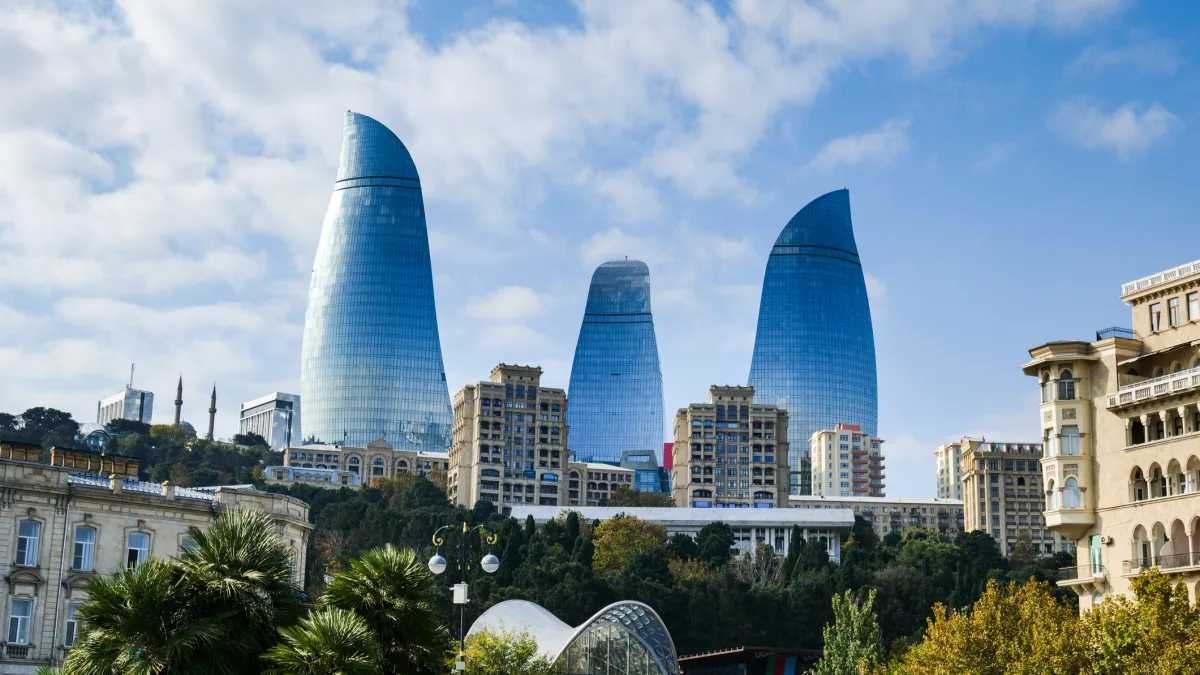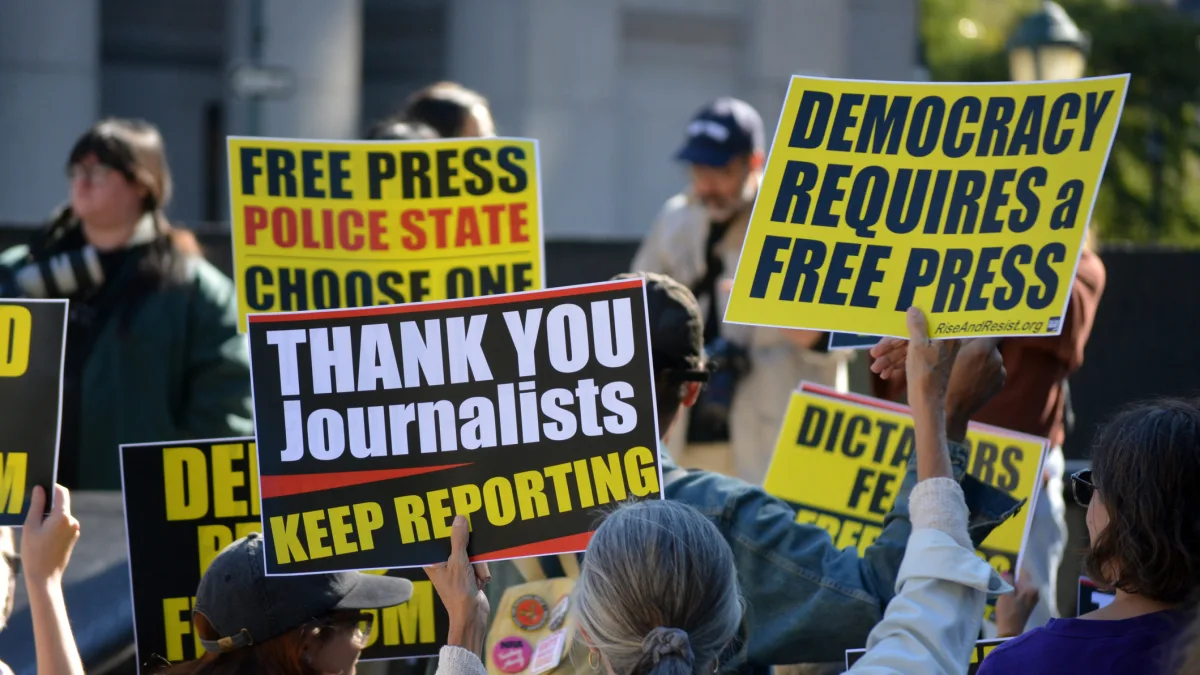On April 3 and 4, the ancient city of Samarkand hosted a landmark event—the first-ever Central Asia–European Union Summit.
While such high-level summits are often viewed through the lens of diplomatic protocol, geopolitical narratives, and formal declarations, this summit stood out for its concrete and citizen-centric outcomes. It reaffirmed the strategic partnership between the EU and Central Asia and laid the groundwork for fundamental changes in the daily lives of ordinary citizens across the region.
Among the most significant developments was the announcement by European Commission President Ursula von der Leyen of a 12 billion euros strategic investment package under the EU’s Global Gateway initiative.
These investments target critical areas such as sustainable infrastructure, renewable energy, digital connectivity, and access to vital raw materials.
The anticipated result? Thousands of new jobs in construction, logistics, IT, and telecommunications, and stronger integration of regional energy and transport systems.
Everyday improvements
This marks a turning point. These projects promise more than macroeconomic benefits—they offer everyday improvements: better transport, more reliable energy access, expanded digital services, and modernised urban and rural infrastructure. For Central Asian people, this means a visible uplift in the quality of life.
The trade and investment agreements reached during the summit were equally crucial, particularly those enhancing the export potential of locally produced goods to European markets. The EU’s support in harmonising technical regulations and certification processes will allow Central Asian manufacturers, including those from Uzbekistan, to meet international standards more efficiently and competitively.
Boosting production capacity and facilitating international trade will invigorate local entrepreneurship, expand employment, and increase household incomes. This fusion of economic growth and social stability reinforces a vision of inclusive development, where prosperity is shared and broad-based.
Education and science
The summit’s outcomes in education were just as transformative. Expanded quotas under the Erasmus+ programme will enable hundreds of Central Asian students to study at European universities annually.
The proposal to establish a regional office of the EU’s Horizon Europe research programme in Uzbekistan adds another layer, unlocking opportunities for joint scientific innovation in fields like artificial intelligence, big data, and space technology.
Education and science cooperation are not only tools of modernisation — they are strategic investments in future leadership and innovation ecosystems. They help equip young people with the skills necessary to thrive in the global marketplace while contributing to national reform agendas and institution-building.
Public health and environmental well-being
On the green transition front, Uzbekistan’s goal to raise the share of renewables in its energy mix to 54 per cent by 2030 was underscored by concrete steps toward cooperation with the EU.
Agreements were reached on developing solar and wind power projects, creating green investment platforms, and aligning climate policies, including the launch of a regional carbon credit market.
These initiatives directly affect public health and environmental well-being, fostering clean air, climate resilience, and sustainable living conditions. They also recognise that long-term economic growth must be accompanied by ecological responsibility.
A key highlight of the summit was the commitment to developing the Trans-Caspian Transport Corridor, a vital east-west trade route connecting Central Asia with Europe. The EU reaffirmed its intent to invest 10 billion euros in this corridor, enhancing connectivity, reducing trade costs, and opening new opportunities for regional exporters.
Improved logistics benefit producers, bolster investor confidence, stimulate regional business ecosystems, and facilitate more significant people-to-people exchanges. This infrastructure is more than just a transportation network—it is a channel of integration and cooperation that brings societies closer together.
Long-term partnership
The human and cultural dimensions of the partnership were not overlooked. A new initiative to host a Central Asia–EU Tourism Forum in Bukhara in 2025 was proposed, along with developing a unified Central Asian visa scheme under the ‘One Tour – One Region concept. These efforts aim to increase tourism flows, support the service sector, and deepen intercultural ties.
Security cooperation also took centre stage. In an era of mounting hybrid threats, the summit addressed vital areas, including border security, counter-terrorism, cyber resilience, and the fight against trafficking. Expanding the scope of programmes like BOMCA (Border Management Programme in Central Asia) will help strengthen stability and resilience.
Furthermore, a renewed focus on human rights, gender equality, media freedom, and civil society development reflects shared values and a commitment to building inclusive, democratic societies.
These principles are the foundation for trust and long-term partnership, reassuring the audience about the values upheld in the partnership.
As Uzbek President Shavkat Mirziyoyev emphasised, ensuring regional security remains a top priority. The EU’s support of institutional reforms, civil liberties, and open governance complements Central Asia’s development trajectory.
Strategic milestone
In conclusion, the Samarkand Summit was not merely a diplomatic success—it was a strategic milestone with the potential to transform lives across both regions.
Its legacy lies in the practical implementation of its decisions: investments that create jobs, educational exchanges that build capacity, energy partnerships that support sustainability, and reforms that promote human dignity and opportunity.
At a time when the global order faces uncertainty and fragmentation, the Central Asia–EU partnership offers a model of constructive, forward-looking cooperation.
What happens next—turning vision into reality—will determine how deeply these strategic achievements resonate in the daily lives of millions.
Photo: Dreamstime.







